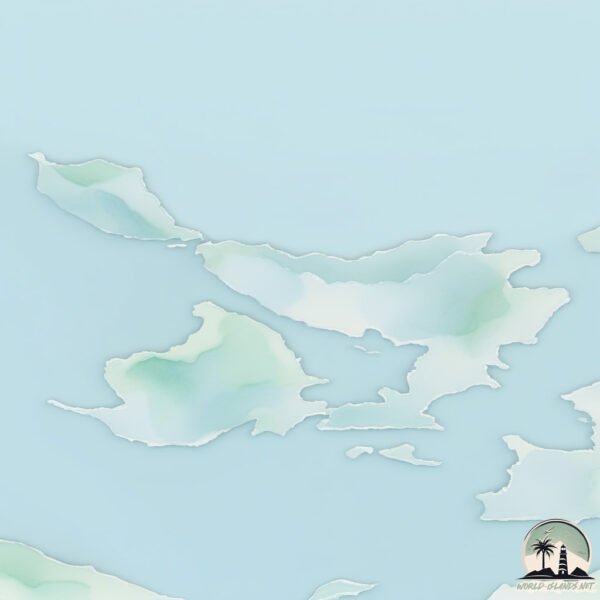Saunders

Welcome to Saunders, a Temperate island in the South Atlantic Ocean, part of the majestic Atlantic Ocean. This guide offers a comprehensive overview of what makes Saunders unique – from its geography and climate to its population, infrastructure, and beyond. Dive into the details:
- Geography and Size: Explore the island’s size and location.
- Climate and Weather: Weather patterns and temperature.
- Topography and Nature: Uncover the natural wonders of the island.
- Infrastructure and Travelling: Insights on reaching, staying, and making the most of your visit.
- News and Headlines: Latest News.
Geography and size of Saunders
Size: 125.8 km²
Coastline: 153.3 km
Ocean: Atlantic Ocean
Sea: South Atlantic Ocean
Continent: South America
Saunders is a Large Island spanning 126 km² with a coastline of 153 km.
Archipel: Falkland Islands – Located in the South Atlantic Ocean, this British Overseas Territory is known for its rugged terrain, biodiversity, and historical significance.
Tectonic Plate: Sunda – Extends across Southeast Asia, encompassing parts of the Sunda Shelf, known for its interaction with the Australian Plate, contributing to volcanic activity in Indonesia.
The geographic heart of the island is pinpointed at these coordinates:
Latitude: -51.34778767 / Longitude: -60.1838046
Climate and weather of Saunders
Climate Zone: Temperate
Climate Details: Subpolar Oceanic Climate
Temperature: Cold Summer
Climate Characteristics: Predominantly cold with cool summers and no dry season. Often found in coastal areas at higher latitudes or on islands.
Topography and nature of Saunders
Timezone: UTC-04:00
Timezone places: America/La_Paz
Max. Elevation: 358 m
Mean Elevation: 94 m
Vegetation: Herbaceous Cover
Tree Coverage: 41%
The mean elevation is 94 m. The highest elevation on the island reaches approximately 358 meters above sea level. The island is characterized by Hills: Gently sloping landforms with rounded tops, having a maximum elevation between 200 and 500 meters. Hills contribute to a varied landscape on islands.
Dominating Vegetation: Herbaceous Cover
Comprising mainly of grasses, herbs, and ferns, these areas are common in prairies, meadows, and savannas, and can vary widely in species composition. Saunders has a tree cover of 41 %.
Vegetation: 10 vegetation zones – Very Highly Diverse Island
Islands in this range are ecological powerhouses, showcasing a wide array of vegetation zones. Each zone, from lush rainforests to arid scrublands, coastal mangroves to mountainous regions, contributes to a complex and interdependent ecosystem. These islands are often hotspots of biodiversity, supporting numerous species and intricate ecological processes.
Infrastructure and Travelling to Saunders
Does the island have a public airport? no.
There is no public and scheduled airport on Saunders. The nearest airport is Mount Pleasant Airport, located 185 km away.
Does the island have a major port? no.
There are no major ports on Saunders. The closest major port is STANLEY, approximately 249 km away.
The mean population of Saunders is 0 per km². Saunders is Uninhabited. The island belongs to United Kingdom.
Continuing your journey, Keppel is the next notable island, situated merely km away.
Saunders Island: Remote Wilderness and wildlife [Falkland Islands]
![Saunders Island: Remote Wilderness and wildlife [Falkland Islands]](https://i.ytimg.com/vi/e-DeapXceR4/mqdefault.jpg)


United Kingdom is classified as Developed region: G7: Group of Seven – Major advanced economies, including Canada, France, Germany, Italy, Japan, the United Kingdom, and the United States. The level of income is High income: OECD.
News – Latest Updates and Headlines from Saunders
Stay informed with the most recent news and important headlines from Saunders. Here’s a roundup of the latest developments.
Please note: The data used here has been primarily extracted from satellite readings. Deviations from exact values may occur, particularly regarding the height of elevations and population density. Land area and coastline measurements refer to average values at mean high tide.
